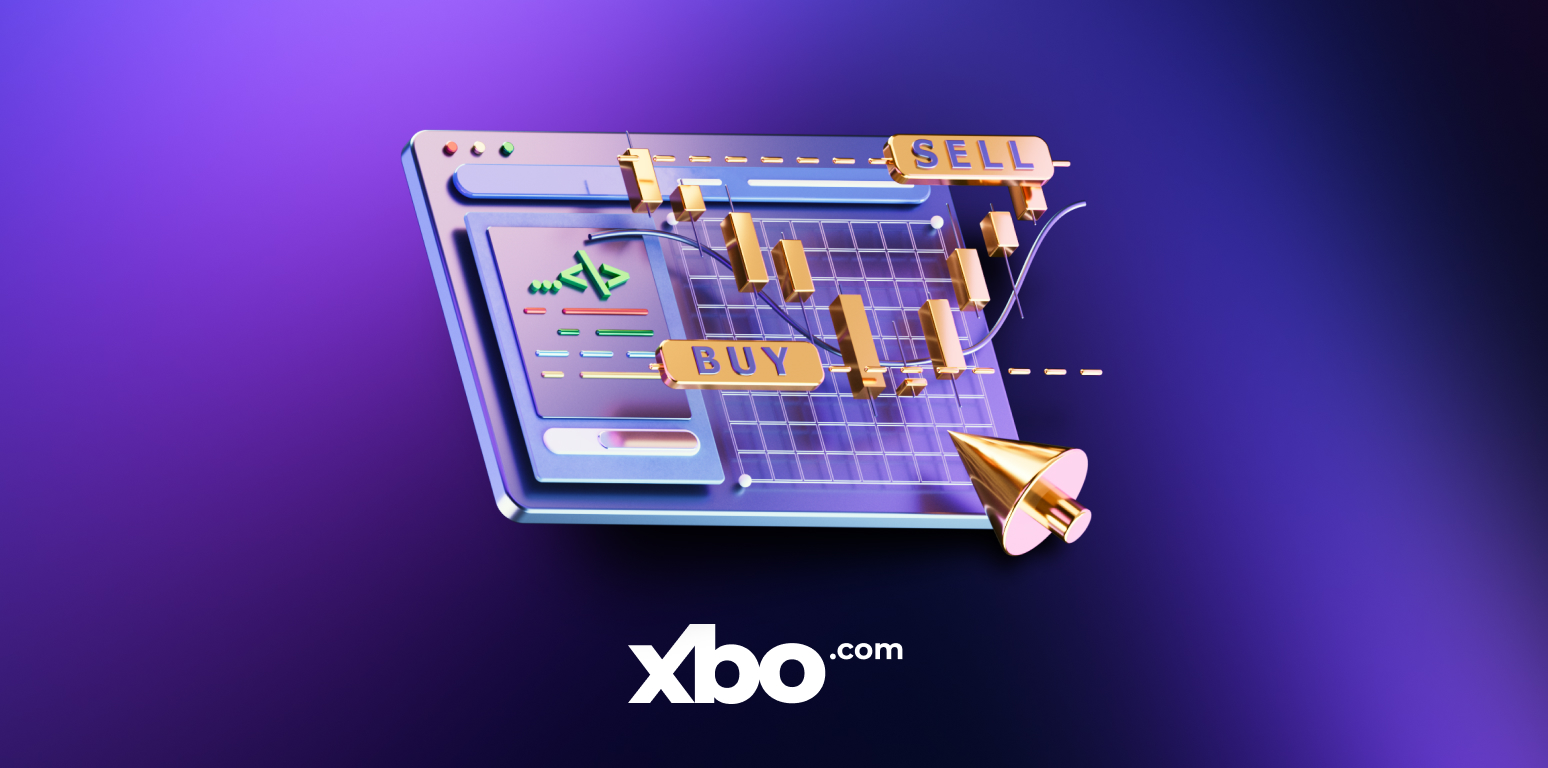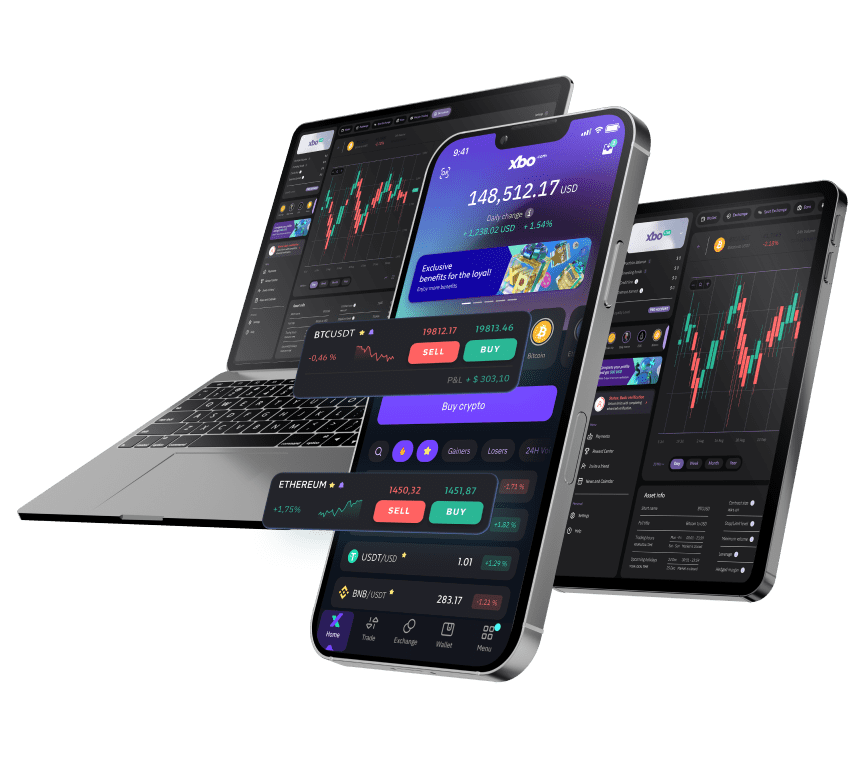Q2 Analytical Report

Bitcoin and Global Markets
Source: tradingview.com
In the second quarter of 2025, the cryptocurrency market exhibited higher dynamism compared to the first quarter. Market participants adapted to trade tariffs, which contributed to stabilizing the situation and reducing their negative perception. ETH emerged as the leader in growth, with BTC taking second place, while the altcoin market, which ranked third, remained generally weak throughout the period due to the lack of SEC approval for spot ETFs on altcoins. Gold (XAUT) ended the quarter in last place; however, given its protective nature, it cannot be classified as an underperformer. The steady rise of tokenized gold reflects ongoing uncertainty and associated risks in the global market.
Source: tradingview.com
Since early April 2025, with the rise in gold prices and Bitcoin's recovery, the correlation between these assets has significantly increased, reaching an index of 0.68, which is a notable figure for a volatile instrument like Bitcoin. At the same time, Bitcoin's correlation with stock market indices remains higher compared to gold. This could pose a risk to Bitcoin's further growth, especially if corporate reports for the second quarter of 2025 turn out to be disappointing. This possibility is high given the current trade complexities and other accompanying factors.
Source: farside.co.uk
In the second quarter of 2025, the investment volume in BTC-ETFs reached $12.7 billion, a 12-fold increase compared to the first quarter's inflows, which totaled only $1 billion. Despite economic challenges and global instability, institutional and corporate entities with BTC reserves actively increased their Bitcoin positions.
Source: bgeometrics.com
Inflows into BTC-ETFs are supported by the accumulation of long-term holders, whose supply changes have historically preceded Bitcoin price dynamics. However, the current accumulation has slowed and nearly reached the peak recorded in October 2024. Analysis of charts shows that Bitcoin has failed to sustain levels above its current all-time high, partly due to active selling by retail investors.
Source: bgeometrics.com
Long-term holders actively accumulated Bitcoin at various price levels in the second quarter of 2025, showing the highest activity in the $100,000–$105,000 range, where over 652,000 Bitcoins were amassed. This became one of the factors contributing to the rapid recovery of Bitcoin's price after it dropped below $100,000, triggered by U.S. airstrikes on Iranian nuclear facilities. This range is confirmed as a significant strategic support zone. However, it should be noted that, at the current moment, the accumulation process by long-term holders has paused.
Source: bgeometrics.com
The reduction in the share of Bitcoin held by short-term holders during peak prices in previous growth cycles is a positive signal. Since 2017, this metric has more than halved, and given the tendency of short-term holders to panic, triggering cascading liquidations and selling assets at a loss without waiting for price recovery, the decline in their influence on price will play a key role at peak levels. After the 2021 peak, the decline was modest, but analysts forecast a further decrease in the share of short-term holders, particularly amid initiatives to establish strategic Bitcoin reserves in various countries.
Source: CryptoQuant
Long-term holders typically move their acquired Bitcoins to personal wallets, leading to a steady reduction in Bitcoin supply on centralized exchanges, which in turn creates a supply shortage—a positive factor for the price. In the second quarter of 2025, the outflow amounted to 269,301 BTC, a 79% increase compared to the first quarter of the current year. Meanwhile, purchasing power, as measured by stablecoin supply, remains high. Despite a slight reduction in stablecoin supply on platforms, the global trend of this metric’s growth persists. As a result, the widening spread between Bitcoin supply and stablecoins will increasingly influence the upward movement of its price.
Source: www.theblock.co
Despite the presence of favorable indicators, the situation with trade tariffs, as well as military conflicts in South Asia and the Middle East, has prompted traders to adopt a more cautious strategy, resulting in a reduction in trading volume in the second quarter of 2025.
Source: bgeometrics.com
Taking the above factors into account, attention should be paid to the level of realized profits among market participants. In the second quarter of 2025, both long-term and short-term holders recorded moderate profits compared to the end of 2024. However, by the end of the quarter, both categories began to incur losses, a typical phenomenon during prolonged periods of Bitcoin price consolidation, especially near its peak levels. This decline in profits creates a risk of a new correction over the summer, as the reduced purchasing power of participants due to losses and the worsening overall market sentiment may lead to further loss realization and a price drop. Nevertheless, the current level of losses remains non-critical, considering analysts' forecasts regarding a potential Federal Reserve rate cut and increased liquidity following the adoption of legislative initiatives favorable to the cryptocurrency sector in the U.S.
M2 Supply and Crypto Liquidity
Source: bgeometrics.com
Historical data shows that changes in global M2 liquidity precede Bitcoin price dynamics by approximately three months, reflecting its influence on capital availability. Global liquidity continues to increase, laying the foundation for a rise in Bitcoin's value over the next two months, despite traders' losses.
Source: bgeometrics.com
However, the cryptocurrency market remains highly sensitive to market sentiment. A likely acceleration of inflation in June, driven by rising oil prices and supply chain disruptions due to a tariff war, could undermine this scenario, and this is a reasonably probable outcome. In the absence of such factors, no significant barriers to Bitcoin’s growth are currently visible on the horizon.
Source: bgeometrics.com
An analysis of standard deviations during upward and downward movements confirms Bitcoin’s growth potential, although M2 liquidity has already exceeded this level. Nevertheless, quarterly liquidity growth could persist if the Federal Reserve lowers interest rates in 2025, further supporting a positive trend.
Source: rwa.xyz
Over the second quarter of 2025, the supply of all stablecoins increased by $9 billion. Analysts believe that the market may soon face a liquidity shortage in the absence of new inflow channels. This is indicated by the slowdown in overall capital inflows into the cryptocurrency sector: compared to the previous quarter, where total inflows amounted to $24 billion. The primary reason cited is the high cost of capital, the absence of a Federal Reserve rate cut, and the delayed transition to quantitative easing (QE).
Source: glassnode.com
Among the highest-capitalized stablecoins by issuance volume over the quarter, USDT traditionally led, accounting for the lion’s share of the total stablecoin supply on the market. No structural changes occurred, despite the IPO of Circle, whose stablecoin issuance amounted to only $1.5 billion.
DeFi And Lending Protocols
Source: artemisanalytics.com
The performance of various sectors in the second quarter was quite uneven, with not all projects managing to recover from the decline caused by the trade war in the first quarter. The Privacy Coin sector emerged as the leader in growth, while the Real-World Assets (RWA) sector lagged as the underperformer. The RWA narrative among retail investors has taken a backseat, largely due to delays in cryptocurrency regulation, on which this sector critically depends. Nevertheless, the market capitalization of tokenized assets continues to increase, indicating that institutional players see potential in this sector and are accumulating funds within it.
Source: tradingview.com
Continuing the topic of DeFi integration into traditional finance and the banking system, attention should be drawn to lending protocols. Overall, if DeFi is considered a separate sector, it delivered a 7% return in the second quarter, following a cumulative 52% decline in the first quarter. Prices in this sector have yet to recover from the drop triggered by trade tariffs; however, in a scenario of integration between the traditional banking system and DeFi, lending protocols are poised to play one of the key roles. Moreover, top protocols showed consistent growth throughout the quarter, demonstrating price stability. Banks, as key providers and distributors of liquidity in the global financial system, can significantly strengthen their positions by integrating with blockchain technologies. Lending protocols, such as Aave, perform functions similar to those of banks—issuing loans and attracting deposits—but do so faster and with lower operational costs thanks to smart contracts.
Source: artemisanalytics.com
As of June 2025, Aave leads among lending protocols, controlling 63% of deposits and 59% of loans in the sector. The total volume of deposits in lending protocols has reached $61.4 billion, while loans amount to $25.4 billion.
Source: fred.stlouisfed.org
Despite these impressive figures, these metrics naturally lag significantly behind the traditional banking sector: in the U.S., deposits total $18 trillion, and loans and leasing amount to $12 trillion.
Source: artemisanalytics.com
However, the sector demonstrates steady growth: over the past three months, deposits have increased by more than $10 billion, and loans by $5 billion. The average daily fees of lending protocols amount to $2 million, underscoring their financial activity and potential for further scaling.
Source: artemisanalytics.com
Comparison with the Banking Sector
The dynamics of deposits and loans in lending protocols share similarities with the traditional banking sector. According to data from the Federal Reserve, deposits and loans in U.S. commercial banks have shown consistent growth over decades, and a similar trend is expected for lending protocols if they integrate with the banking sector.
Potential for Integration of DeFi and Traditional Finance
Collaboration between banks and lending protocols opens significant prospects for the cryptocurrency market, particularly in the context of tokenizing real-world assets (RWA) and credit operations. According to S&P Global Market Intelligence, as of December 31, 2024, the combined assets of the top 10 global banks—ICBC, China Construction Bank, Agricultural Bank of China, Bank of China, JPMorgan Chase, Bank of America, HSBC, BNP Paribas, Mitsubishi UFJ Financial Group, and Citigroup—amounted to $38.7 trillion. If banks begin adopting blockchain solutions, this could lead to an influx of capital into cryptocurrencies and DeFi protocols.
Forecast for Capital Inflows
Experts predict that in 2025, the DeFi market, with a current capitalization of $150 billion, could attract between $50 billion and $100 billion from traditional financial institutions. This forecast is driven by the following factors:
- RWA Tokenization: Projects like real estate tokenization in Dubai on XRP Ledger demonstrate governmental interest in blockchain. The tokenized asset market could reach $30 trillion by 2035, and banks such as JPMorgan Chase and HSBC might allocate up to 5% of their assets to DeFi, totaling approximately $1.935 trillion (5% of $38.7 trillion). A conservative estimate of $50 billion accounts for the cautious approach of banks like Bank of America and Citigroup toward new technologies.
- Institutional Demand: BlackRock, now the second-largest BTC holder, demonstrates interest that could lead to inflows of $10–20 billion through ETFs and DeFi. Similar interest may come from JPMorgan Chase and Mitsubishi UFJ Financial Group, which are already experimenting with blockchain.
- Regulatory Changes: The adoption of MiCA in the EU and potential initiatives in the U.S. will stimulate investments. Banks like BNP Paribas and HSBC are already working on MiCA compliance.
Hybrid Products for Collaboration
Collaboration between banks and lending protocols opens opportunities for creating hybrid financial products, such as:
- Tokenized Certificates of Deposit (CDs): Banks can tokenize CDs, integrating them with Aave or Compound, allowing clients to earn fixed income and additional yield through DeFi.
- Credit Lines Secured by RWA: Banks can offer loans in stablecoins (USDC, USDT) backed by tokenized real estate, managed via smart contracts.
- Hybrid Savings Products: Banks can place client funds into Sky (Maker) lending pools, providing higher yields with a banking guarantee.
- Tokenized Bonds: Financial groups or companies can issue corporate bonds with yields reinvested through lending protocols.
- Insurance Pools: Insurance companies or banks can integrate with protocols like Nexus Mutual, placing insurance premiums into liquidity pools with guaranteed returns.
The integration of lending protocols with the banking sector, involving players like JPMorgan Chase, HSBC, and ICBC, could lead to an influx of $50–100 billion into cryptocurrencies in 2025, driving the growth of DeFi with lending protocols and RWA. Hybrid products will enhance the interaction between traditional finance and blockchain, potentially attracting trillions of dollars to the DeFi sector over the next decade. However, success depends on overcoming regulatory and technical barriers.
Total Value Locked
Source: defillama.com
The total TVL of the crypto sector increased by $12 billion in the second quarter, and although this is lower than during the ""Trump Rally,"" the volume of locked funds indicates a trend toward recovery.
Source: defillama.com
The largest share of the total value of locked assets (TVL) continues to be concentrated in the Ethereum network, raising concerns about the potential risk of centralization of funds. Despite Solana's status as a significant competitor to Ethereum, its volume of locked liquidity still lags considerably. Analysts predict that over the coming months, the TVL share in the Ethereum network may exhibit more intense growth due to the adoption of the stablecoin law in the U.S. A similar effect could be observed in the Solana and Tron networks, with Tron, according to some estimates, holding leading positions among blockchains for stablecoin transactions.
Source: defillama.com
In terms of protocols, the distribution of locked liquidity shows a more diversified structure. The previously mentioned protocol AAVE remains the leader. The top ten largest protocols consist exclusively of platforms focused on staking and lending, with the exception of Uniswap. The growing popularity of lending solutions has pushed the narrative of real-world asset (RWA) tokenization, which dominated market participant sentiment in the first quarter of 2025, into the background. Nevertheless, both sectors retain significant potential in the context of integrating cryptocurrency and traditional financial markets.
Summary of Q2 2025
The results of the second quarter of 2025 demonstrate a steady evolution of the cryptocurrency market, with progress now more visible than ever before, despite geopolitical and economic challenges. The growth of investments in BTC-ETFs to $12.7 billion and the accumulation of over 652,000 BTC by long-term holders in the $100,000–$105,000 range have strengthened Bitcoin's position, though they do not rule out the possibility of some price declines due to retail investor selling and its high correlation with the stock market. Bitcoin's correlation with gold has reached 0.68, while its correlation with stock indices remains even higher, which could pose a risk of correction if corporate reports for the second quarter disappoint. However, the rise in global M2 liquidity, which leads Bitcoin's price by three months, is seen by analysts as also supporting its growth over the next two months. In the absence of a new wave of inflation or negative consequences from the trade war, experts note there are no barriers to growth. Ethereum leads in TVL, but Solana and Tron are intensifying competition thanks to stablecoins and the expected approval of a SOL-ETF in July, with a 99% probability according to crypto fund managers. The supply of stablecoins increased by $9 billion, and DeFi, led by Aave, is recovering. Integration with traditional finance, according to analyst forecasts, could attract $50–100 billion in 2025, provided regulatory barriers are overcome and a shift to accommodative monetary policy occurs.








